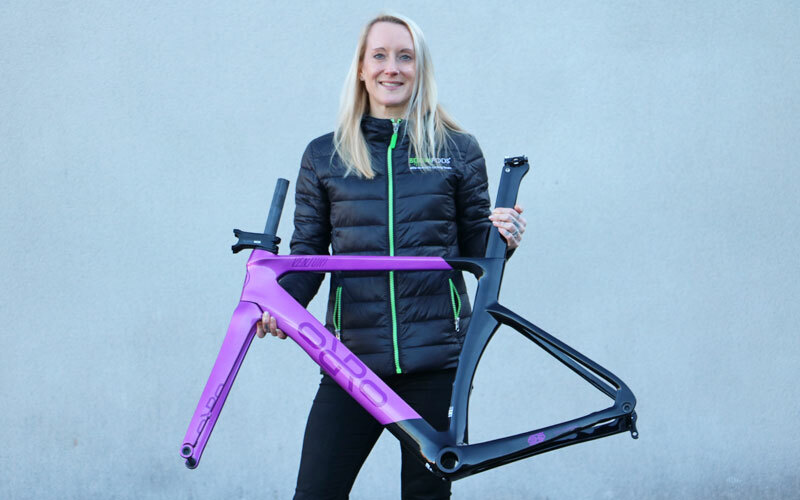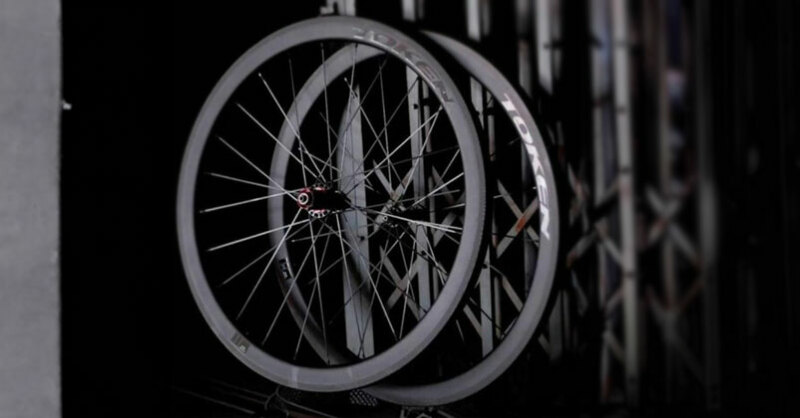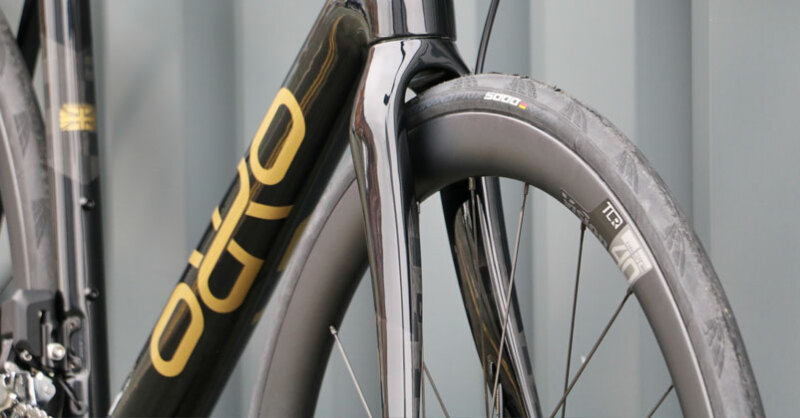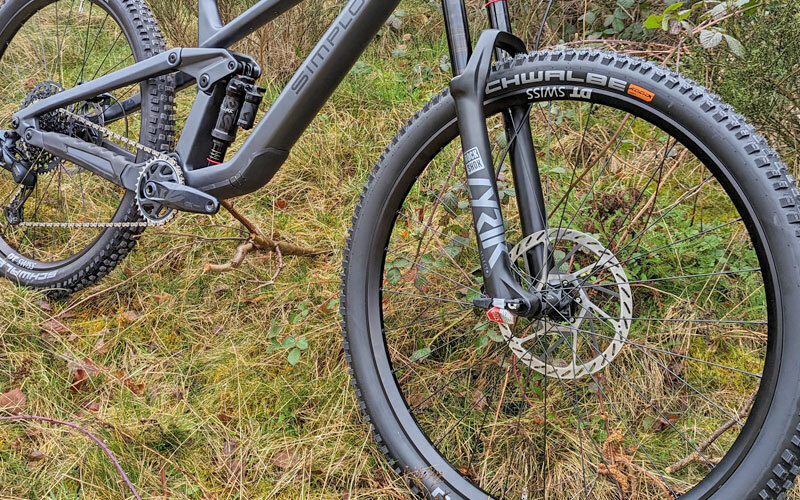Workshop Tool Guide
Having your own tools at home is a great way to take care of own bike maintenance. In today’s world of information, everything that you could possibly do in terms of maintenance with a bike has been committed to Youtube’s servers. Major tool manufacturers, such as Park Tools and Icetoolz have masses of maintenance content and broader cycling channels such as GCN have videos which can help and guide the home mechanic.
.jpg)
Which are the Essential Tools?
Essential tools are the ones which will keep your bike on the road. Replacing standard service items such as cassette, chain, cables, bottom brackets, tyres and tubes. As well as tools to remove, replace or tighten components.
What are the Options?
There are two main options for ‘tooling up’, for those with some existing tools, you may want to add specific tools to your collection, these can be bought individually. For those without any tools, a full tool kit can often be the most cost effective way to have all the necessary tools on hand. Kits come in varying levels from entry level sets with the basics, to more pro spec kits which can cover more advanced maintenance.
Individual Tools
Allen Keys
Allen Keys also known as Hex Keys play a key part in maintenance of your bike. Most components are fitted using these tools, 4, 5 and 6mm tools usually get the most use.
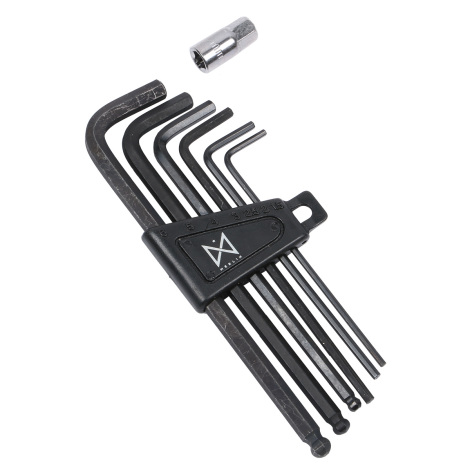
Chain Tool
While modern chains usually include a joining link, chain tool are still required to remove links from a new chain to reduce it to the correct length for your bike. Chain tools can also be used to free ‘stiff’ links.
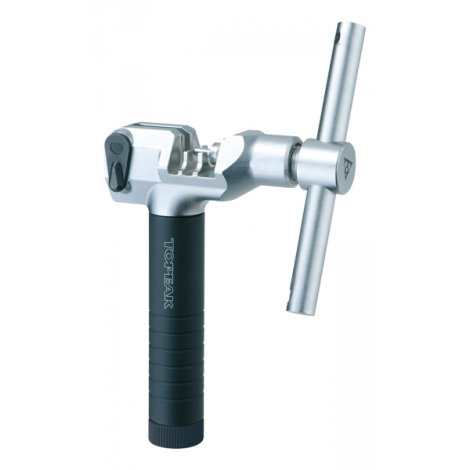
Chain Whip
The chain whip is used to hold the cassette tight while removing. It is used in conjunction with a lockring tool.
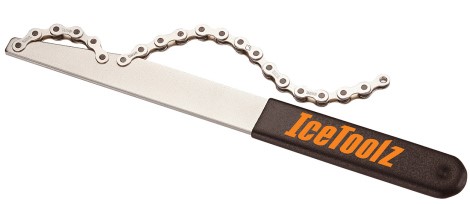
Lockring tool
The lockring tool is used to remove cassettes (along with a chain whip). If you have a disc brake bike with shimano centrelock rotors, the longring tool will also be useful when it is time to replace worn rotors.
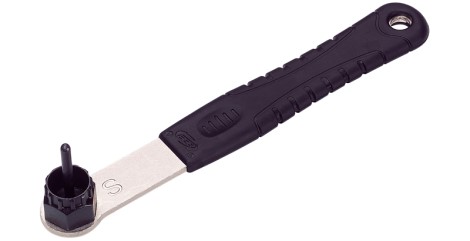
Bottom Bracket Tool
There are several different types of bottom bracket, before purchasing a specific tool, make sure you know which one you need. If you are unsure, a quick google search of your bike make, model and year should provide the answer you are looking for.
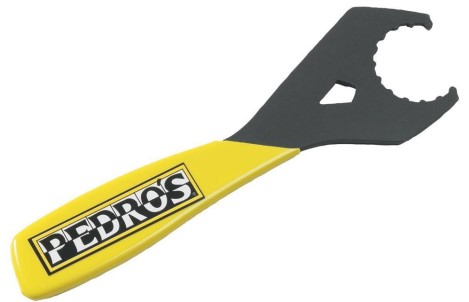
Pedal Spanner
While some pedals can be removed with a 6mm allen key, most need a 15mm pedal spanner. A specific pedal spanner usually can provide much more leverage for removing pedals which is often useful, especially if pedals have been in a long time or pedals which were fitted without any grease on the threads. Pedal spanners have a narrower jaw than most regular 15mm spanners, this allows the pedal spanner to get between the crank and pedal with much more ease.
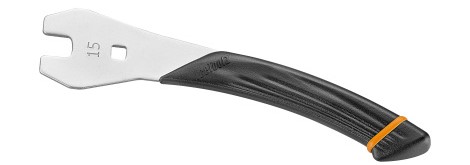
Chain Wear Indicator
Chain wear indicators let you know when you need to replace your bike’s chain. If you let the chain get too worn, it can cause premature wear on other components such as cassette, rear derailleur jockey wheels and chainrings.

Spoke Key
Spoke keys are necessary for maintenance jobs such as replacing a broken spoke or truing a wheel. Wheel truing, like wheel building, is tricky and requires a bit of experience to get just right.
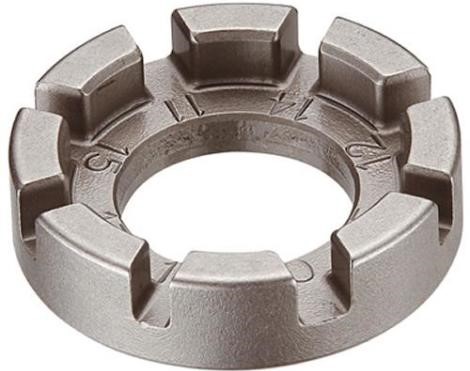
Tyre Levers
An essential tool for out on the road, tyre levers are usually needed to unhook tyres from the rim to allow an inner tube to be changed or repaired or for tyres to be changed. While it is sometimes possible to remove tyres with your bare hands, you risk being labeled a Neanderthal cave-dweller by your ride mates. Tyre levers are cheap and make tyre & tube changing much easier.
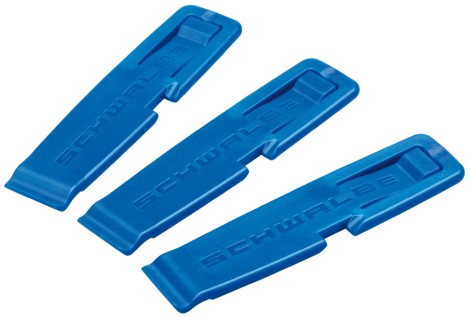
Screwdrivers
Flat-head and Philips / cross-head screw drivers are used for adjusting derailleur gears as well as other components on bikes.
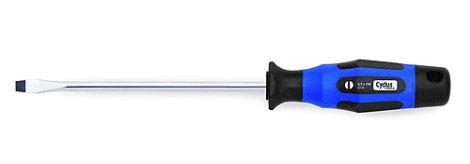
Extra Tools
Torque Wrench
If you are unsure about bike maintenance, a torque wrench can take some of the guesswork out of fitting components such as stems, handlebars and seat posts. Most components come with manufacturer guidance torque settings specifically to help the home mechanic to correctly fit the component. Under tightening can cause the component to easily work loose. Over-tightening can strip the threads from the component.
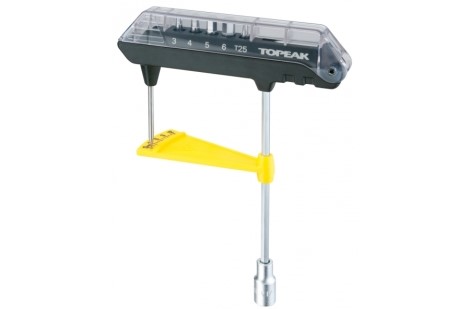
Cable Cutters
Replacing cables is a much easier job with proper cable cutters. Designed to cut both inner and outer cables, proper cutters make the job quick and easy with professional looking results. Despite looking similar to household pliers, cable cutters have a much harder jaw specifically to cut through cable.
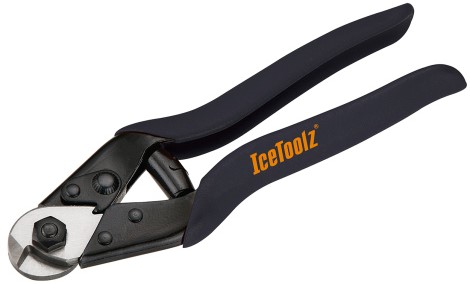
Cone Spanners
These thin jawed spanners are the tool designed for adjusting the bearing load on wheel hubs and also for dismantling wheel hubs, if you are undertaking a full clean and rebuild.
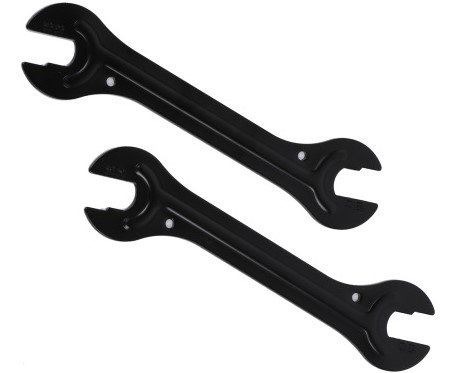
Chain Link Tool
These tools make joining and breaking a bike chain much easier. They work with all quick-link type joining links from the main chain manufacturers.
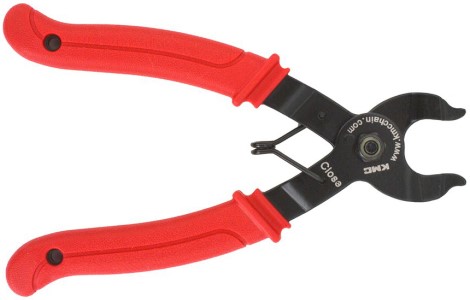
Workstand
Doing jobs on your bike is much easier if the bike is raised off the ground. Most workstands are flexible enough for most people to find their ideal working height, either sat on a stool or stood up. Extra features such as tool trays add to their ease of use.
.jpg)
Warning! Open jaw type workstands can easily crush carbon frames! Attach at the seatpost. If you do attach at the frame, ease off the clamp opening and protect the frame top coat by covering before it goes in the clamp and DO NOT CLAMP TIGHTLY! Carbon frames are not designed to resist crushing / compression forces.
Full Kit Tool kit
These are a great way to get everything you might need in one go. There are several tool kits available from the very basic to more advanced. Tool kits also come in their own case which is great for storage and keeping everything together in one place
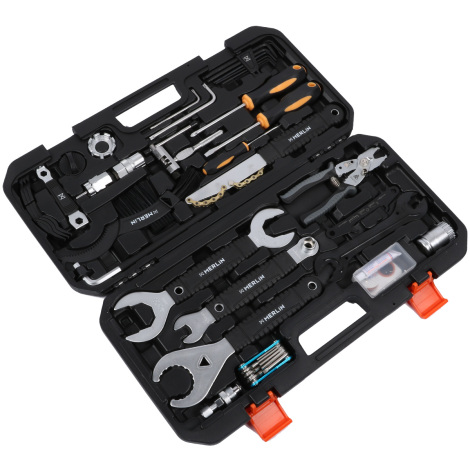
Assembling a decent toolkit will save you money. No more bike shop repair bills. No more waiting for bike shop repairs either. Having the correct tools, and learning how to use them is your ticket to bike maintenance independence.


